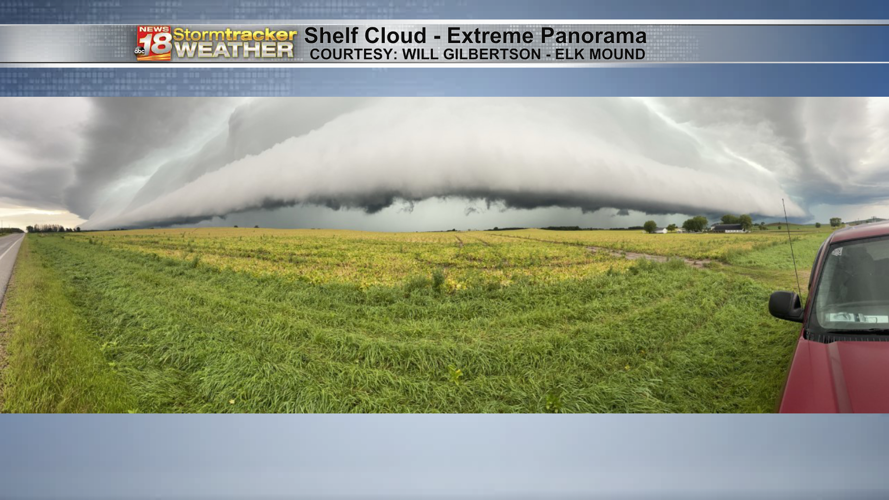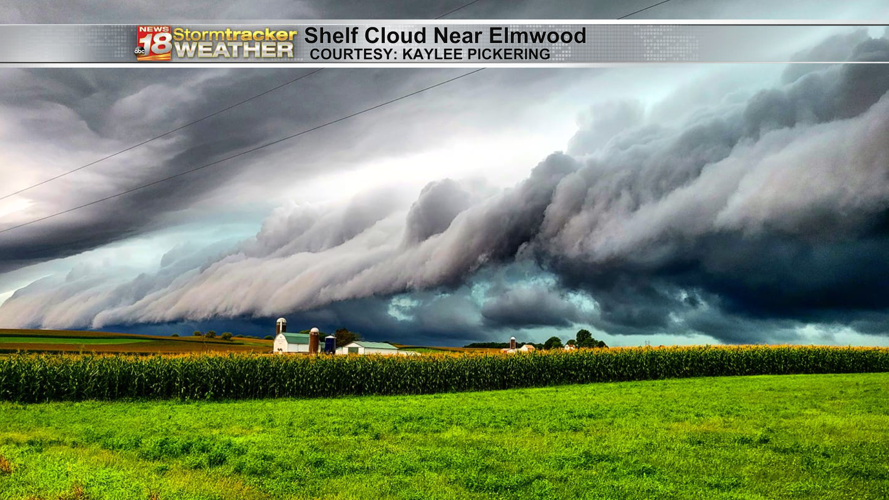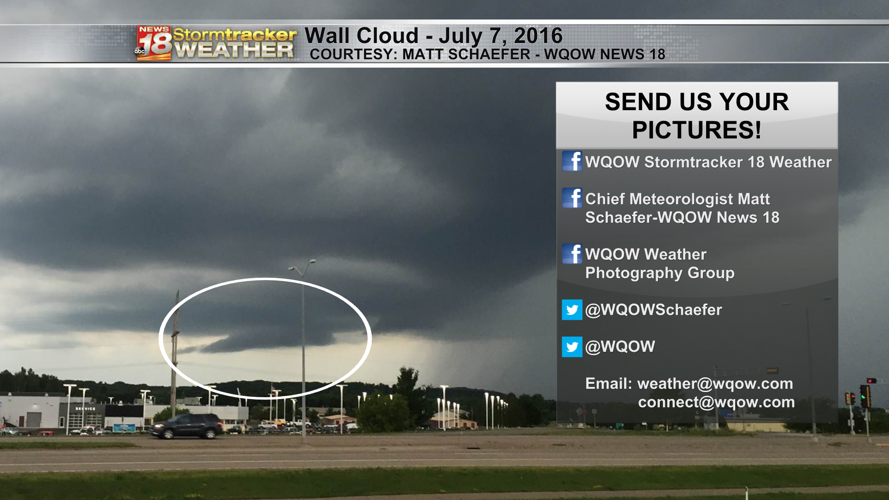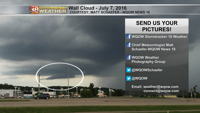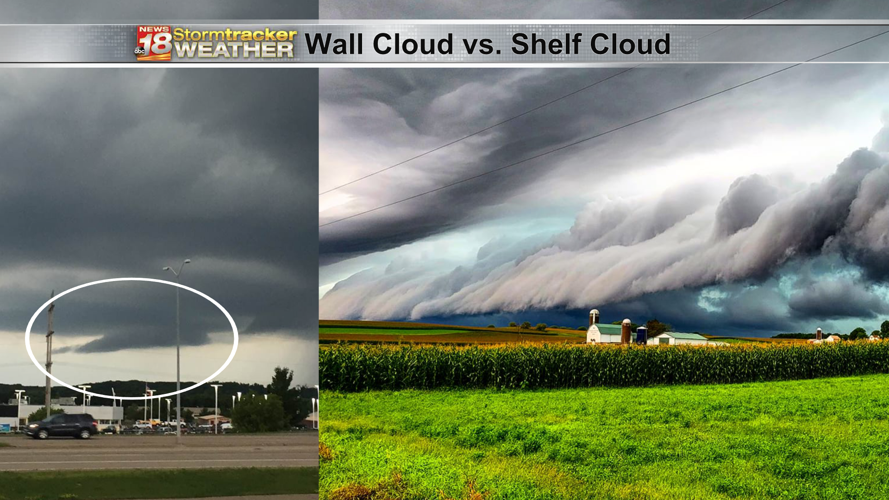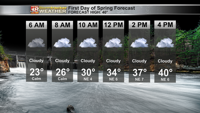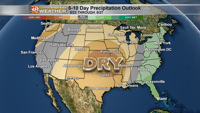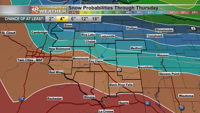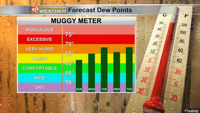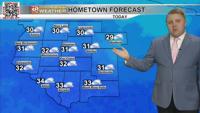We received many pictures of the storm structure on the morning of August 24, 2021. All of these features are actually shelf clouds despite most people calling them wall clouds.
The Stormtracker 18 Weather Team says it's very understandable that many people are confused by shelf clouds, as they are the more common of the two cloud types for two main reasons: they are larger and tend to persist for a longer period of time. Thus, it's far more likely to see a shelf cloud than it is a wall cloud.

Shelf cloud from August 24, 2021
The above panoramic picture of the August 24 shelf cloud show how large these features are, and the number of pictures we received from this storm shows how long it persisted. In comparison, the last picture in this article at the bottom of this page shows how small a wall cloud is.
Part of the reason for the misconception is that people think of a shelf as a smaller feature than a wall, since shelves tend to fit on a wall in our homes. However in weather, shelf clouds are larger.

Shelf cloud from August 24, 2021
They are named because often they have an angle to them that looks like you could set something on top of it like a shelf as seen in pictures both above and below this sentence.

Shelf cloud from August 24, 2021
All clouds form because of the combination of a few meteorological principles. Air cools as it rises and warms as it sinks while holding onto it's moisture content. As air rises and cools, eventually it cools to or past the dew point of the air, and can no longer hold the moisture (humidity becomes 100%). Thus, the water vapor in the air must change state, or condense, into liquid droplets, and we see that as clouds. Since the air is rising, the droplets are held in the air and will not fall as rain until enough water combines together to make large enough drops that become too heavy for the rising air to hold.
Shelf clouds form on the leading edge of a line of thunderstorms, and are usually associated with straight line wind gusts above 30 mph. Straight line wind gusts are not considered severe until speeds reach 60 mph. They form as the updraft lifts above and ahead of the storm's rain, which causes cooling and pushes out cool wind below the rising, warm air. Near the boundary with the rising warm air and the cooler air below it, a cloud will form, often looking like it's reaching out just above where that cool air/wind is moving below the storm.
In contrast, a wall cloud is a lowering in the base of a cloud that forms when rain-cooled air is pulled into a storm's updraft. They tend to form under supercells because supercells have a storm structure that keeps the updrafts and downdrafts of a storm separate, thus allowing enough time for that process to take place.

Wall cloud from July 7, 2016
Above is a picture taken by Chief Meteorologist Matt Schaefer just outside of the WQOW Studio shortly after he moved to Eau Claire in 2016. The circled area is a wall cloud. You can see the heavy rain falling on the right half of the picture behind our "send us your pictures" panel. The area where the wall cloud has formed, however, doesn't have any rain under or even behind it. This is the updraft where the air is moving upwards into the clouds.
In this case, the wall cloud was not rotating and thus did not pose a threat to drop a tornado. The majority of tornadoes will form under a rotating wall cloud, but only a small percentage of rotating wall clouds will go on to produce a tornado. So, even if you see this feature, a tornado isn't necessarily imminent. Still, this is a sign of a strong thunderstorm.

Left: Wall cloud courtesy Matt Schaefer. Right: Shelf cloud courtesy Kaylee Pickering

